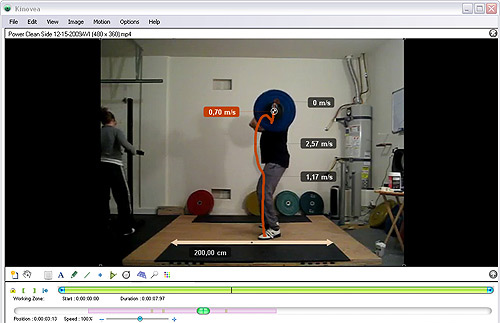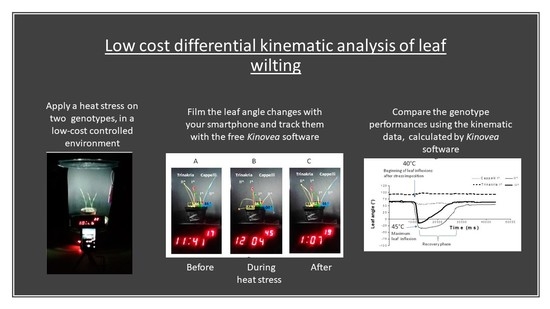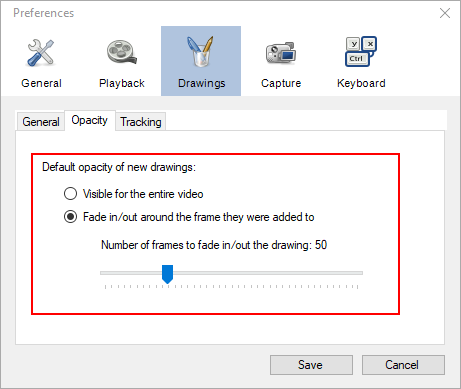
Or, you might pedestal from a bride and groom’s hands up to their faces. Why do this? When pedestaling, you usually want to maintain the camera to subject distance, so you might start on a person leaning up against a wall, and then pedestal up, and up, and up, and up until the camera gets to Spider-Man, clinging to the fourth story of a building and creeping up it. This is exactly where the term comes from. Imagine your camera is on a tripod and you’re raising or lowering the tripod head. A camera operator can do two types of pedestals: pedestal up means “move the camera up ” pedestal down means “move the camera down.” You are not tilting the lens up, rather you are moving the entire camera up. Moving the camera up or down without changing its vertical or horizontal axis. You might start with a wide shot of a concert to set the stage and then zoom in to show one of the performers. Why do this? It is the easiest way to get from far to close or the other way around. This camera movement technique is one of the most frequently-used camera moves and one of the most overused. Some have manual zooms as well, and many have several zoom speeds. Most video cameras today have built-in zoom features. It involves changing the focal length of the lens to make the subject appear closer or further away in the frame. This is one camera move that most people are probably familiar with. You might pan from one character to someone who walks through the door to elevate the tension that wouldn’t exist with a fast cut. Why do this? You might pan across the audience at a wedding to show all the people there.

They could tilt or pan if you had the proper mount, and zoom if you had a zoom lens.

The basic camera moves were all developed in this age of cinema cameras could move up, down, left or right. French filmmaker Jean Cocteau filming The Testament of Orpheus in 1959 He didn’t always dress like that he was also acting in the film. Here’s French filmmaker Jean Cocteau filming “The Testament of Orpheus” in 1959. Camera movement was bound by this technology, but that didn’t stop cinematographers from moving their cameras - along tracks or with cranes - the smallest amount of movement required an astounding amount of preparation, planning, dedication and off-camera assistance.

Throughout the golden age of Hollywood, a camera was a device often ridden across train tracks by a camera operator and a focus puller. And by early, we mean for the first 150 years of cinema. Experimenting is half the fun of making videos, and coming up with a new move that wows viewers while helping to get your story across is extremely satisfying.Įarly movie cameras were limited by their size and weight.


 0 kommentar(er)
0 kommentar(er)
